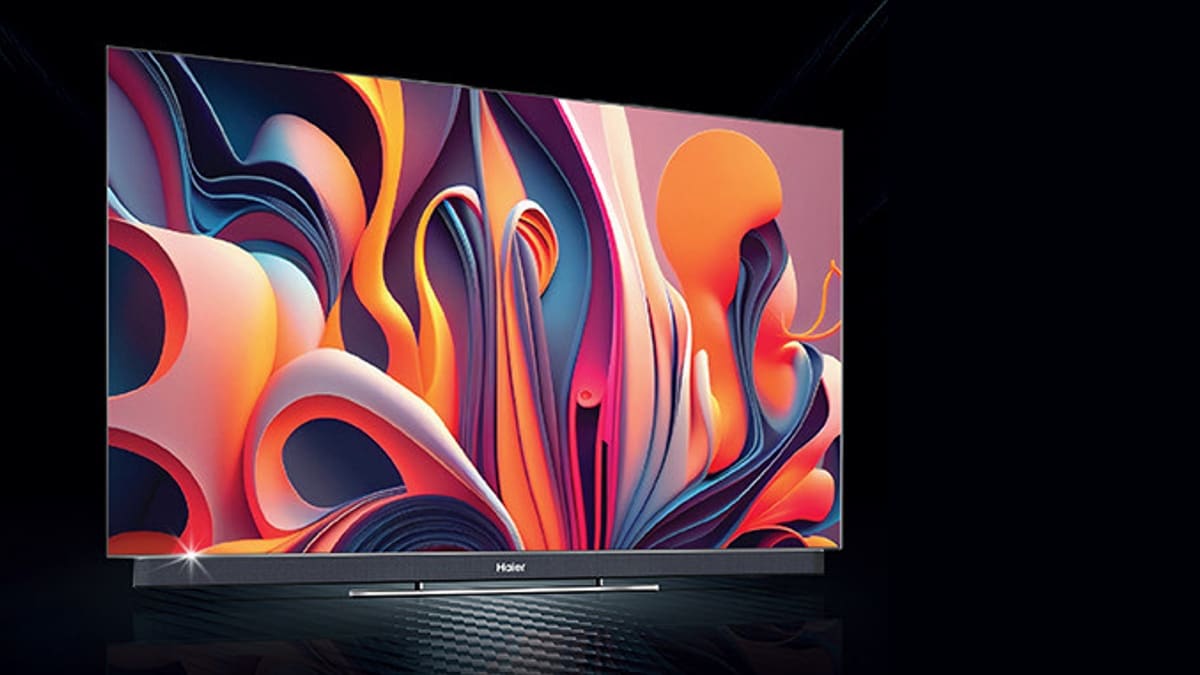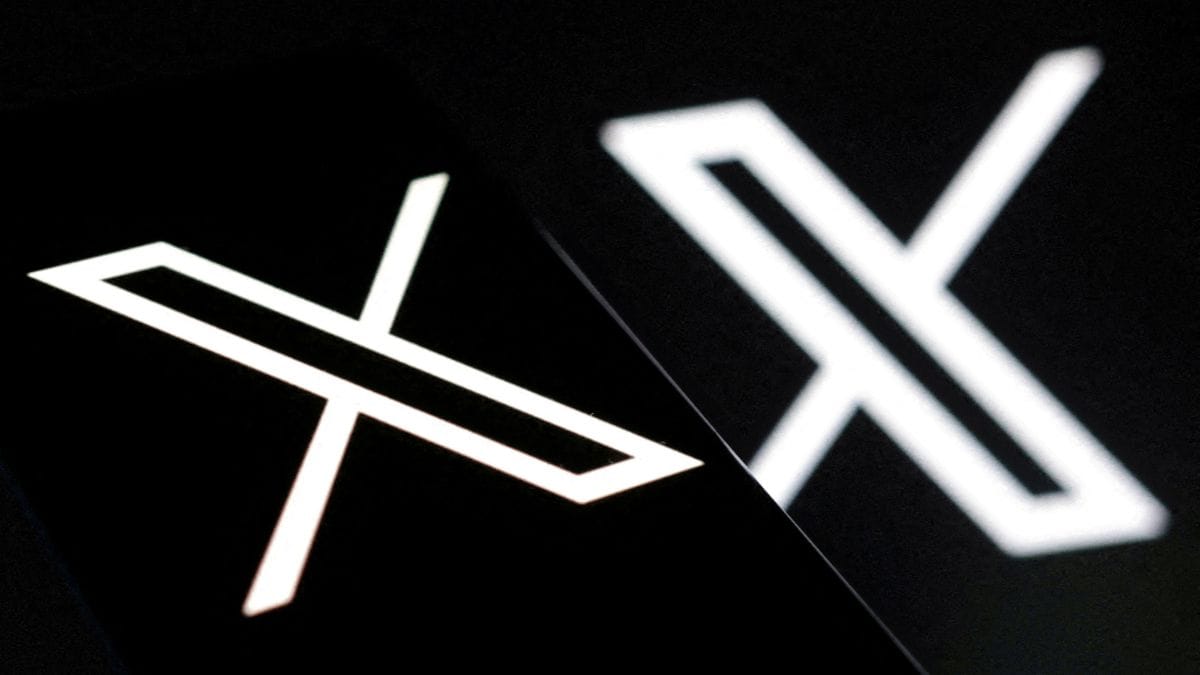Helldivers 2 won’t get transmogs in a future update: ‘It doesn’t make sense’
[ad_1]

Arrowhead Game Studios has confirmed that Helldivers 2 won’t ever get a transmog feature.
Despite the myriad of updates the third-person online shooter has been receiving lately, there’s one in particular that players have been hoping for since the game’s launch in February: a transmogrify system.
With Helldivers 2, users can obtain all sorts of unique armor sets, helmets, and capes to customize their personal Helldiver with, however, they’re not able to equip gear solely based on its aesthetic without first worrying about stats and passives. This is where a transgmog feature would come in handy, a system that would allow players to customize the appearance of their loadout to their heart’s content – similar to World of Warcraft or Destiny 2 – and stand out on the battlefield.
Unfortunately, this isn’t something Arrowhead is looking to implement in the future in the game. As reported by IGN, Arrowhead CEO Johan Pilestedt recently responded to a user on X (formerly Twitter and explained that it isn’t ever going to happen.
“We are not doing transmog,” Pilestedt said. “It doesn’t make sense – equipment looks different because it has different effects. Swapping one for the other is like having an apple that tastes like bacon or the other way around.”
Although transmogs aren’t a possibility, Arrowhead has confirmed that Helldivers 2 will receive free post-launch story updates. Although the details are sparse right now, the studio explained that that there’s more to come in the shooter as it expands the game’s content, and confirmed that players will be able to witness more story events unfold through its “planned free updates.”
Elsewhere, the latest Helldivers 2 patch is here, fixing the CE-27 Ground Breaker armor.
You might also like…
[ad_2]
Source link














